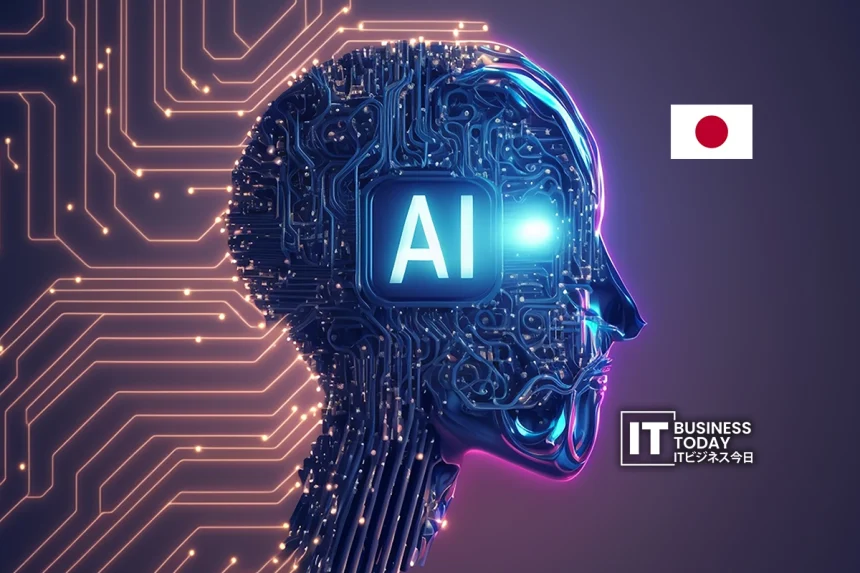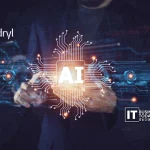Get ready for a smooth trip at Shinagawa Station! Starting December 15, 2025, JR Central will launch JRTok-AI. This multilingual chatbot will assist foreign visitors on the Tokaido Shinkansen. From now until mid-March 2026, we’ll test this new technology. It aims to boost convenience and accessibility at one of Japan’s busiest rail hubs.
What the Chatbot Does
By scanning the QR code displayed at the station, passengers can access JRTok-AI in their smartphones. The chatbot offers:
Ticketing guidance including Shinkansen ticket purchases
Assisting with large luggage items
Real-time station navigation and service information
Multilingual support: English, Chinese, Korean, French, and Spanish
Traveling on the Shinkansen offers cultural and historical insights. Travelers can spot landmarks and learn their stories as the train speeds by.
According to JR Central, the service will be assessed based on user feedback and use patterns to decide on further expansion to other stations or additional services.
こちらもお読みください: Company partners with Vietnam’s AMELA amid AI talent gap
What This Means for Japan’s Tech Landscape
Accelerating AI-Driven Customer Service in Public Transport
The trial shows a rising trend. Japanese railway operators are using AI chatbots more often. They answer customer questions. They reduce language barriers for tourists. They also provide support outside regular hours. Systems such as the AI-based “FAQ” chatbots from other rail operators have also begun testing for similar functions.
By integrating AI into a major transit node such as Shinagawa, JR Central is making the case that in the future, digital infrastructure in transport will routinely include intelligent, multilingual assistants. For the tech industry, this opens a clear growth path for AI-as-a-service — especially focused on mobility, public services, and tourists.
Boost for Multilingual & AI-Integration Startups
One of Japan’s biggest problems over the years has been how to provide good service for inbound travelers who may not speak Japanese. With a tried-and-true AI tool like JRTok-AI, demand will likely spike not just for multilingual bots but also translation engines and location-aware apps. Domestic firms specialized in AI, natural language processing, and mobile-friendly user experiences stand to benefit, both for transport and other sectors.
Digital Transformation Gains Momentum Across Businesses
If the pilot goes well, the concept could spread rapidly beyond train stations. Retail stores, malls, hotels, and local governments could follow with AI-powered multilingual concierge services, automated support desks, and interactive customer interactions. This will extend the market for the AI plug-ins and create business opportunities for system integrators, cloud providers, and AI service vendors.
Innovation in Hybrid AI + Infrastructure Projects
The success of JRTok-AI can inspire other “hybrid” models: legacy infrastructure, such as station facilities and public transport networks, merged with next-generation AI to bridge old and new. This is an important modernization strategy for Japanese industries that often keep using legacy systems without full replacement.
Possible Challenges & What to Watch
User Experience & Accuracy: The process of activating QR-code and navigating through smartphones might be cumbersome for many travelers, especially older or less tech-savvy ones. The quality of AI responses to, in particular complex queries, will be critical. Bad UX or guidance inaccuracies could dent trust.
Language & Cultural Nuances: The chatbot will support multiple languages. Accuracy in translations and cultural fit are essential. This is key for ticketing rules, luggage regulations, and local customs.
Data Privacy & Security: Like other AI services, we will closely examine how we handle, store, and protect user data. Transparency is key to gaining public trust.
Integration with Station Staff: The chatbot should work alongside human services. It shouldn’t fully replace them. This is important for complex issues like fare adjustments or lost luggage.
Broader Implication for Japanese Companies
This milestone brings a new era of opportunity for operators and businesses across Japan.
Hotels, travel agencies, and retailers serving tourists now want smooth, multilingual interactions. This will help increase satisfaction for foreign visitors.
As smart-service models expand, organizations will rely on AI vendors, system integrators, and infrastructure providers to thrive.
AI systems can help public organizations and municipalities serve citizens better. This shows the growing trend of digital government efforts.
The success of JRTok-AI may provide a benchmark for railways and transport providers other than JR Central to accelerate the deployment of AI into smaller stations and lines.
結論
A Test Case with Wide-Ranging Consequences The JRTok-AI rollout at Shinagawa Station is much more than just a technology experiment-it is a real-world test of how generative AI and smart services can reshape the public infrastructure and mobility face of Japan.A successful initiative will spark a big change. AI assistants will play a key role in travel, retail, public services, hospitality, and more.
Japan’s tech and business sectors must realize that AI-driven service integration is vital. It boosts user experience, enhances efficiency, and strengthens global competitiveness.







